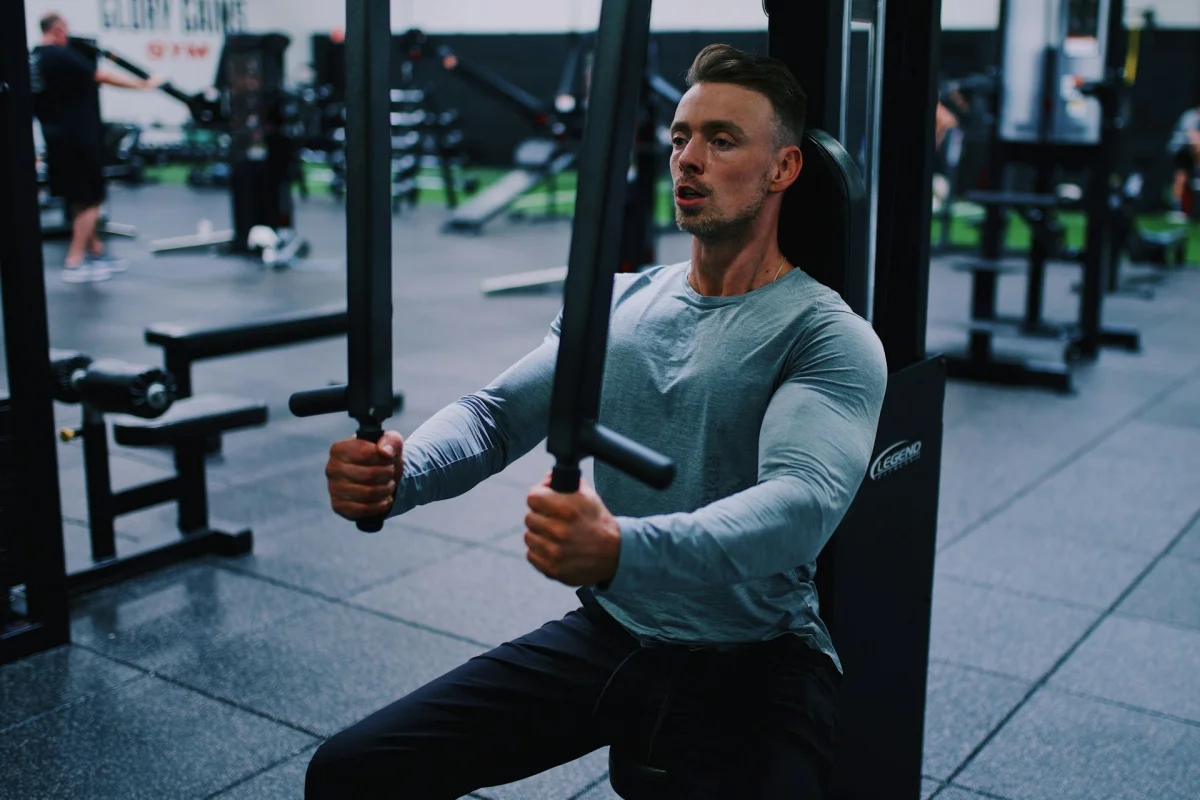 Thursday, November 28, 2024
Thursday, November 28, 2024Everything You Need to Know About Chest Training: The Ultimate Guide
A well-structured chest workout is essential for building strong and balanced upper body musculature. Beyond aesthetics, the chest muscles play a key role in the functionality of the body, as they are involved in many movements such as pushing, stabilizing, and lifting. This blog provides you with a detailed overview of effective exercises, useful tips, and the latest scientific findings.
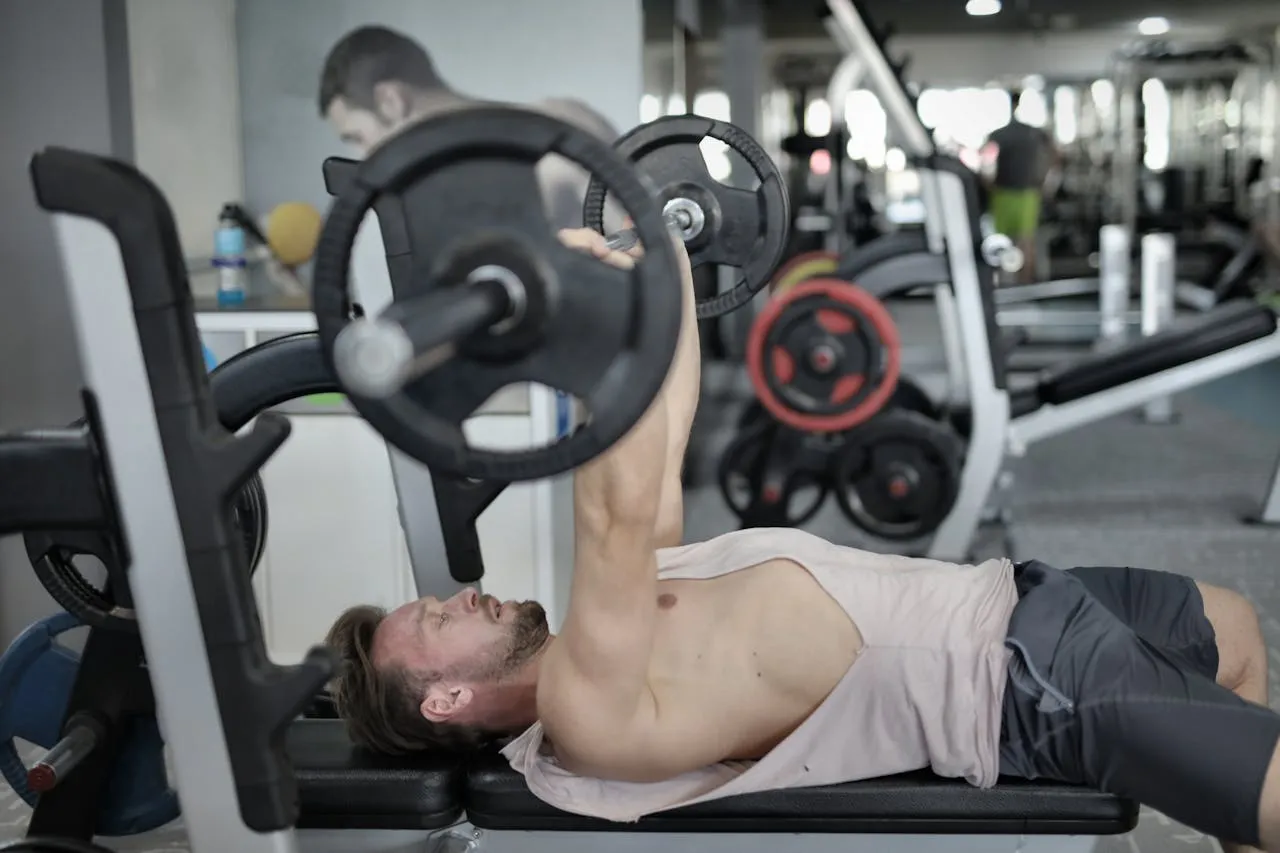
Why is Chest Training Important?
The pectoral muscles are not merely an aesthetic feature; they are also functionally crucial. They contribute to better posture, support shoulder stability, and enhance strength in pressing movements like push-ups and bench presses. A balanced chest training routine can also reduce the risk of injury by correcting muscular imbalances between the front and back of the upper body.
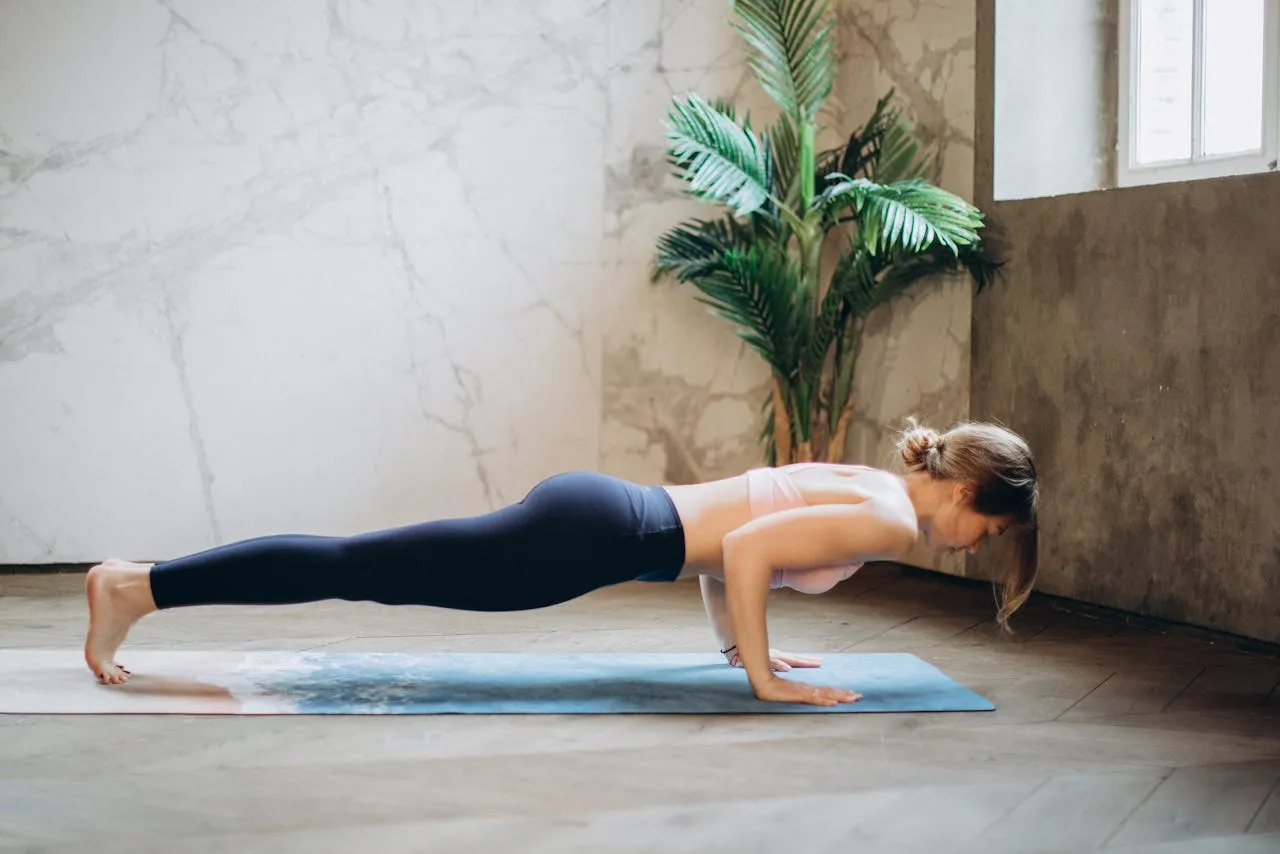
The Chest Musculature in Detail
The chest musculature is primarily divided into two main areas:
M. pectoralis major (major pectoral muscle)
Function: Adduction, internal rotation, and flexion of the arm.
Subdivision: Upper (clavicular part), middle, and lower portions (sternocostal and abdominal parts).
M. pectoralis minor (minor pectoral muscle)
Function: Stabilizes the shoulder and aids in scapular movements.
Additionally, supporting muscles like the triceps and the anterior deltoid are involved in many chest exercises.

How Should an Effective Chest Workout Be Structured?
An effective chest workout should consider the following aspects:
Variation of Angles: Exercises at different angles (flat, incline, decline) activate various portions of the pectoral muscle.
Progressive Overload: Continuous increase of training intensity (weight, repetitions, or volume).
Exercise Order: Begin with complex foundational exercises like the bench press, then move on to isolation exercises such as flies.
- Regularity: Train the chest at least once or twice a week for optimal results.
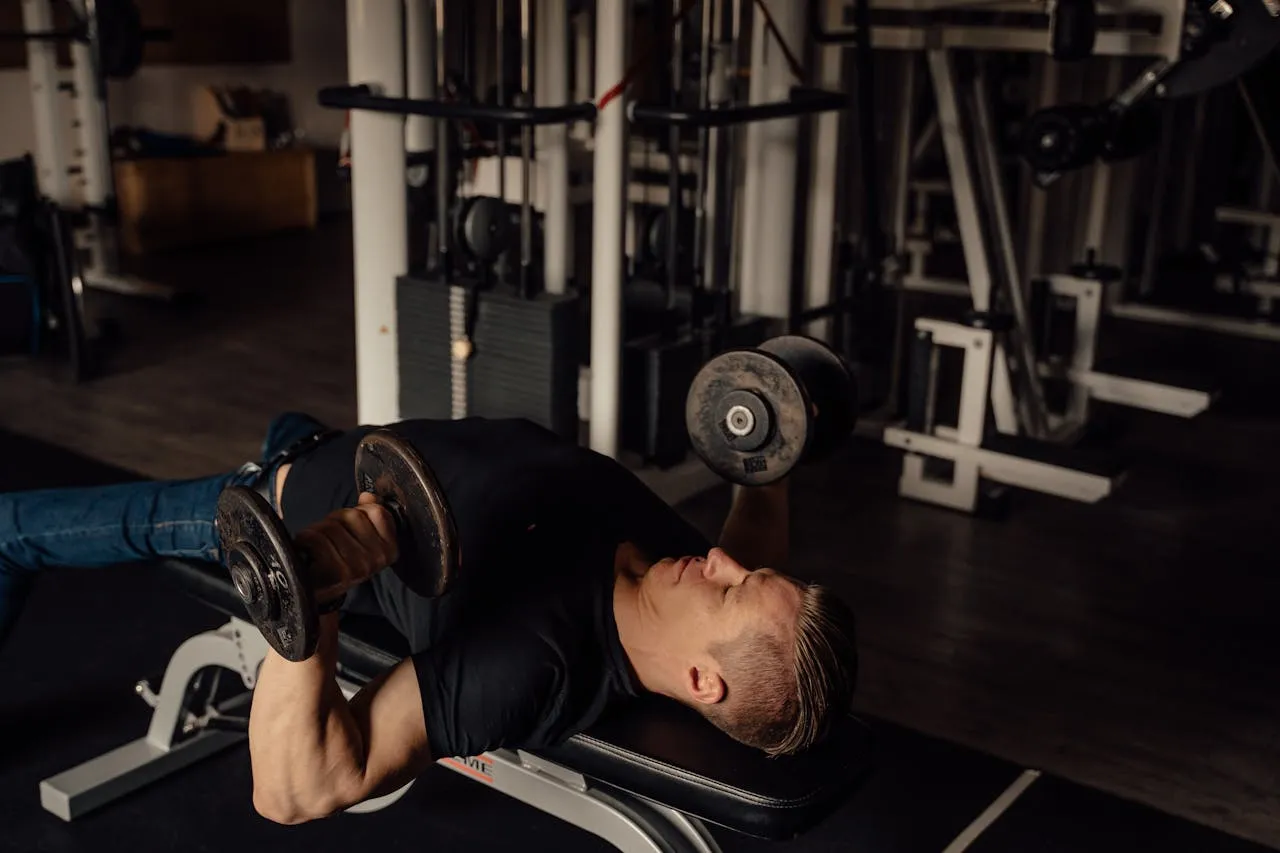
Effective Exercises for the Chest
Flat Bench Press with Barbell
The bench press is one of the best exercises to build strength and mass in the chest. Studies show that the major pectoral muscle is particularly activated in this movement. Vary the weight to promote both hypertrophy and strength (Schoenfeld et al., 2020).
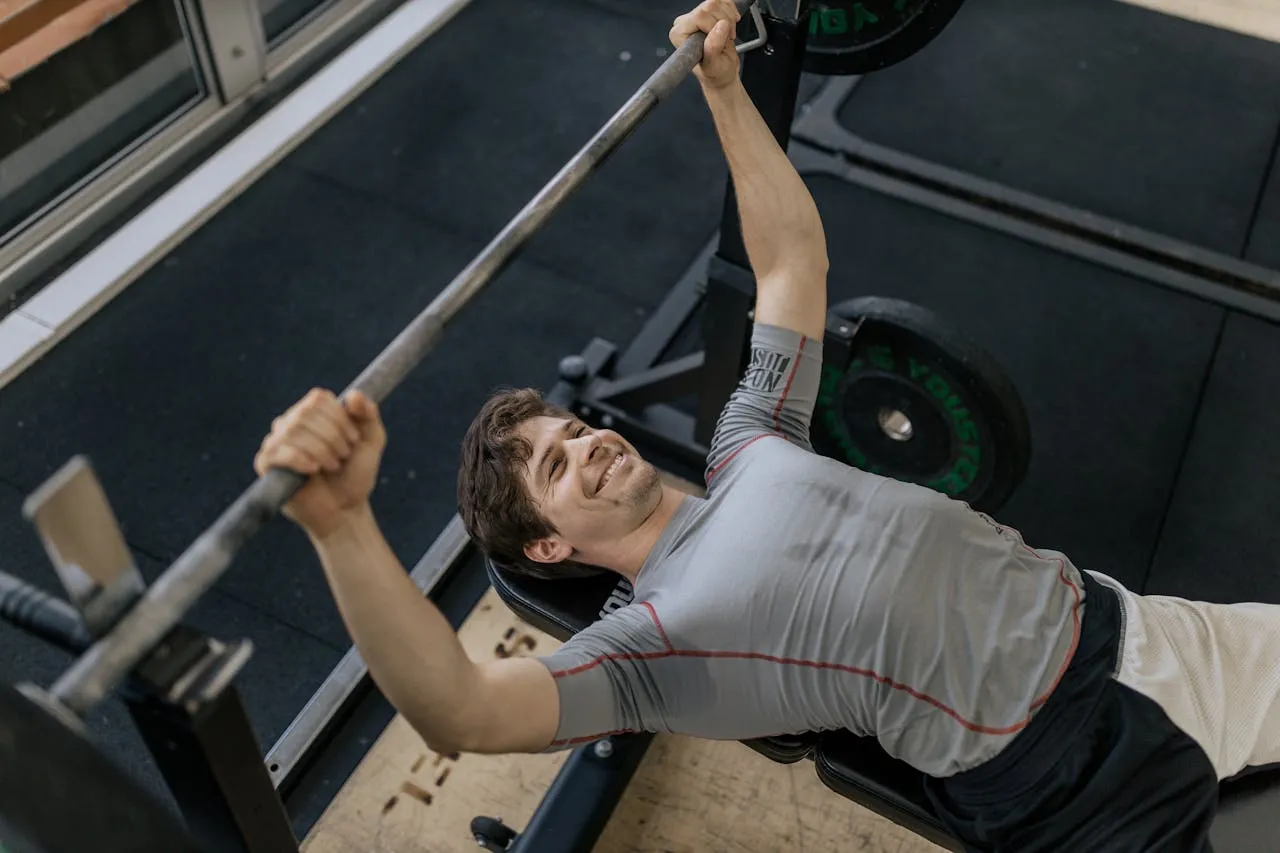
Incline Dumbbell Press
This exercise targets the upper portion of the pectoral muscle. Using dumbbells allows for a greater range of motion, which, according to studies, can enhance the stimulus for muscle growth (Barnett et al., 1995).
Dips with Chest Focus
Dips are an excellent exercise for training the lower portion of the pectoral muscles. To activate the chest more, lean slightly forward and keep the elbows slightly outward (Lehman et al., 2005).
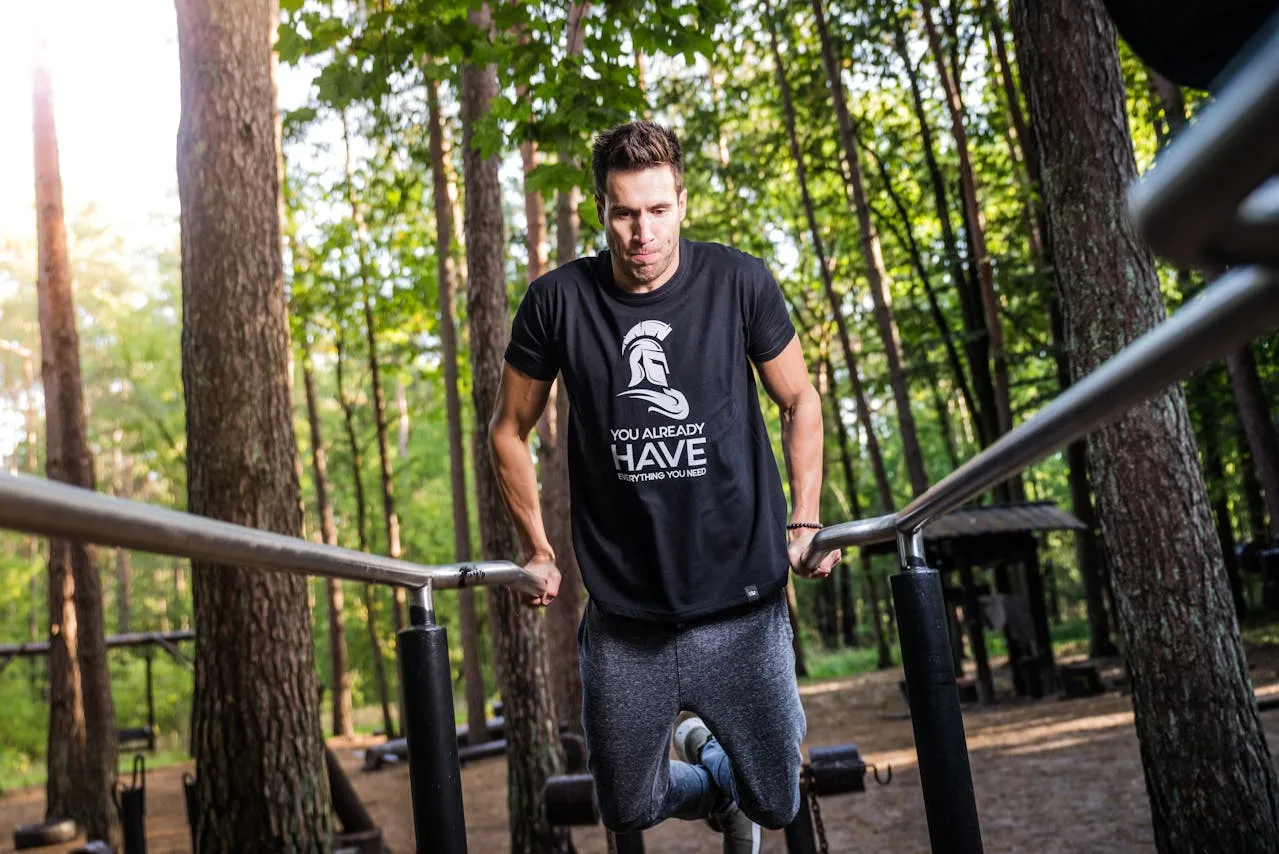
Cable Flyes
Cable flyes are excellent for isolating the pectoral muscles. A recent study highlights that exercises that involve significant stretching, such as flyes, are particularly effective for muscle growth (Kubo et al., 2023).
Weighted Push-Ups
A functional exercise that can be modified depending on the training level. Add a weighted vest to increase intensity.
Sample Workout Plan for One Day
| Exercise | Sets | Repetitions | Rest |
|---|---|---|---|
| Flat Bench Press | 4 | 6-8 | 90 seconds |
| Incline Dumbbell Press | 3 | 8-10 | 90 seconds |
| Cable Flyes | 3 | 12-15 | 90 seconds |
| Dips with Chest Focus | 3 | 8-10 | 90 seconds |
| Weighted Push-Ups | 3 | 15-20 | 90 seconds |
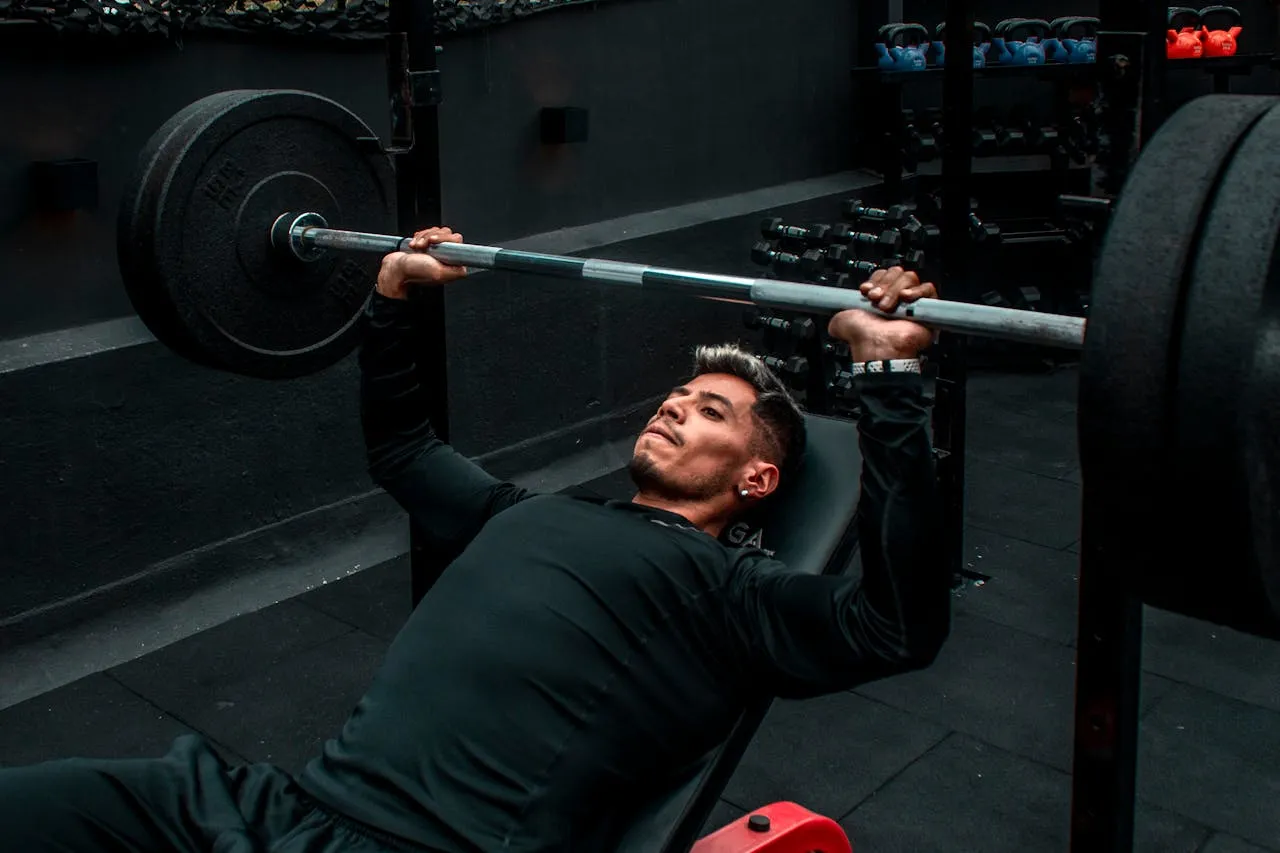
The Latest Scientific Insights
Optimal Frequency
A meta-analysis by Schoenfeld et al. (2016) shows that chest training two to three times per week leads to greater muscle growth than training once a week. The study authors recommend distributing volume evenly across training sessions.
Muscle Activation at Different Angles
EMG measurements confirm that an angle of 30–45 degrees on the incline bench activates the upper portion of the chest better than a flat bench. In contrast, negative angles engage the lower portions to a greater extent (Trebs et al., 2010).
Stretching Mechanism and Hypertrophy
According to a recent study (Kubo et al., 2023), significant stretching during movement promotes muscle growth. Exercises such as cable flyes or dumbbell flyes maximize this effect.
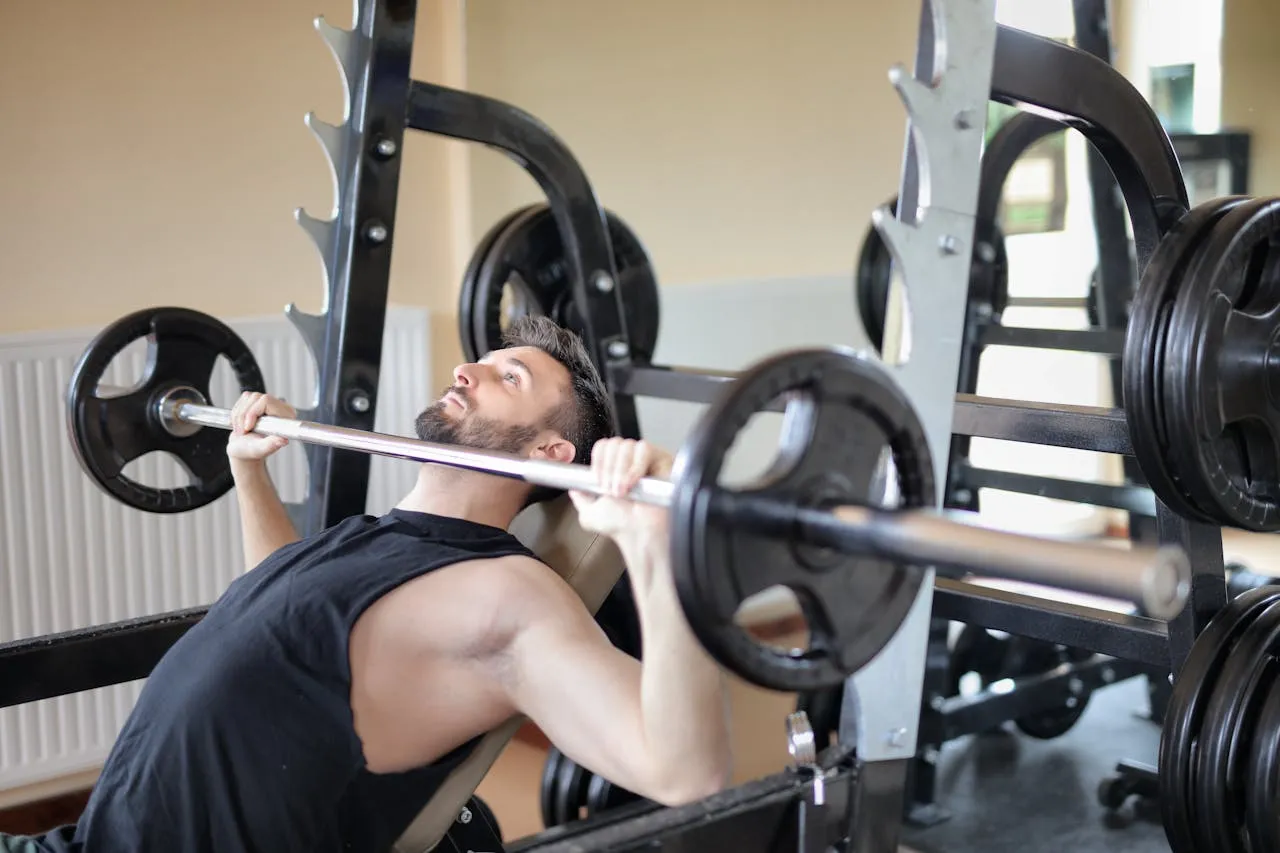
Tips for Maximum Muscle Growth
Mind-Muscle Connection: Focus on consciously contracting the pectoral muscles with every repetition.
Slow Tempo: A controlled eccentric phase (3-4 seconds while lowering) increases time under tension and promotes muscle growth.
Warm-Up: Prevent injuries by starting with light weights and dynamic movements.
Regular Plan Adjustments: Change exercises or intensities every 6-8 weeks to avoid plateaus.
- Balanced Diet: Protein-rich meals (2 g of protein per kg of body weight) and adequate calories support recovery and growth.
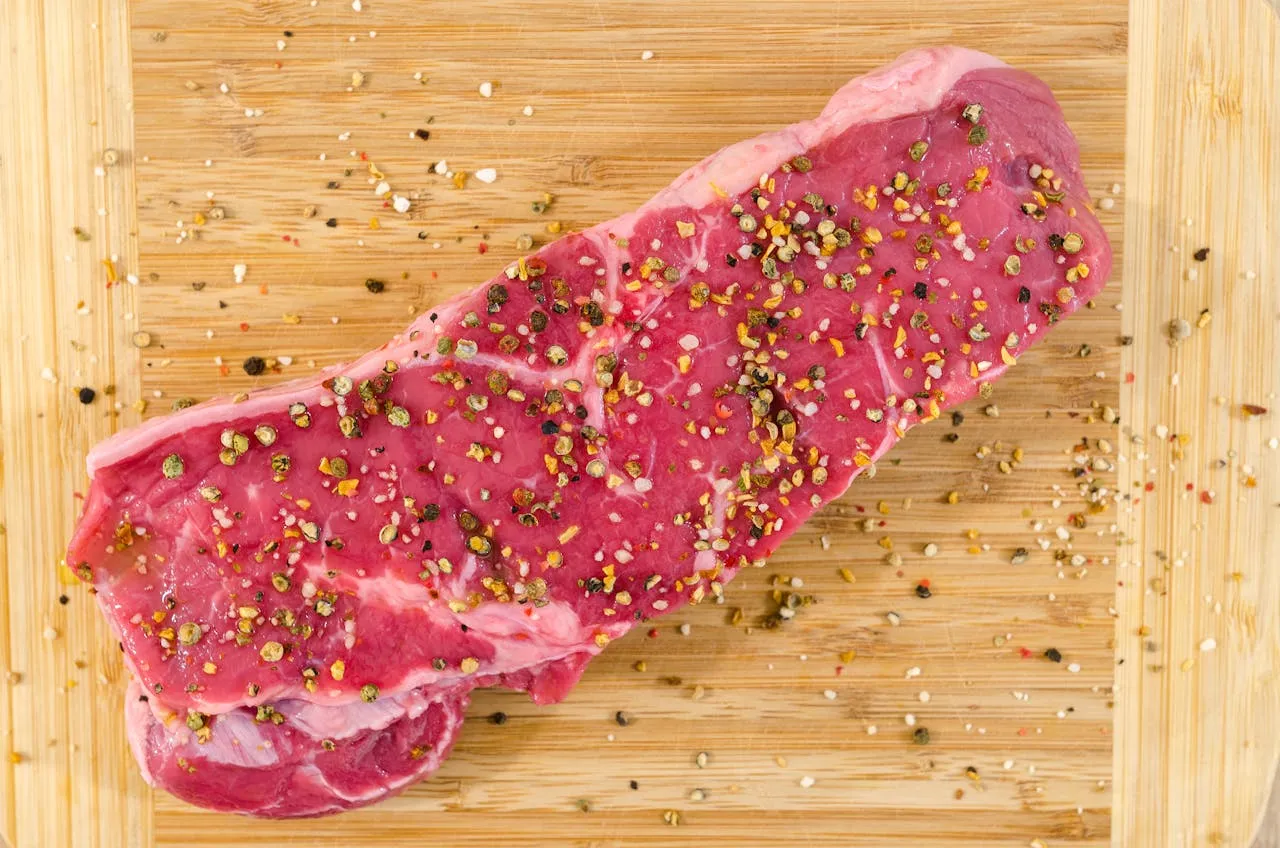
References
Barnett, C., Kippers, V., & Turner, P. (1995). Effects of variations of the bench press exercise on the EMG activity of five shoulder muscles. Journal of Strength and Conditioning Research, 9(4), 222–227.
Lehman, G. J., McGill, S. M., & Cannon, J. (2005). Shoulder muscle recruitment patterns during push-ups. Journal of Bodywork and Movement Therapies, 9(3), 214–220.
Kubo, Y., Tanabe, Y., & Mori, S. (2023). Influence of stretching movements on muscle hypertrophy: A randomized trial. Journal of Strength and Conditioning Research.
Schoenfeld, B. J., Ogborn, D., & Krieger, J. W. (2016). Effects of resistance training frequency on muscular adaptations: A systematic review and meta-analysis. Sports Medicine, 46(11), 1689–1697.
- Trebs, A. A., Brandenburg, J. P., & Pitney, W. A. (2010). An electromyographic analysis of three bench press variations. Journal of Strength and Conditioning Research, 24(7), 1816–1821.
Armed with this knowledge and a solid training plan, you can optimize your chest workouts and achieve sustainable results!


